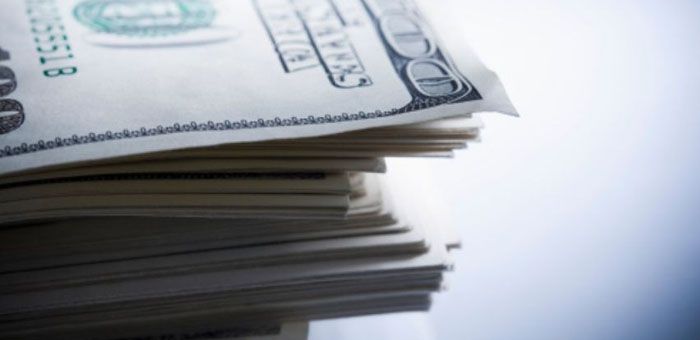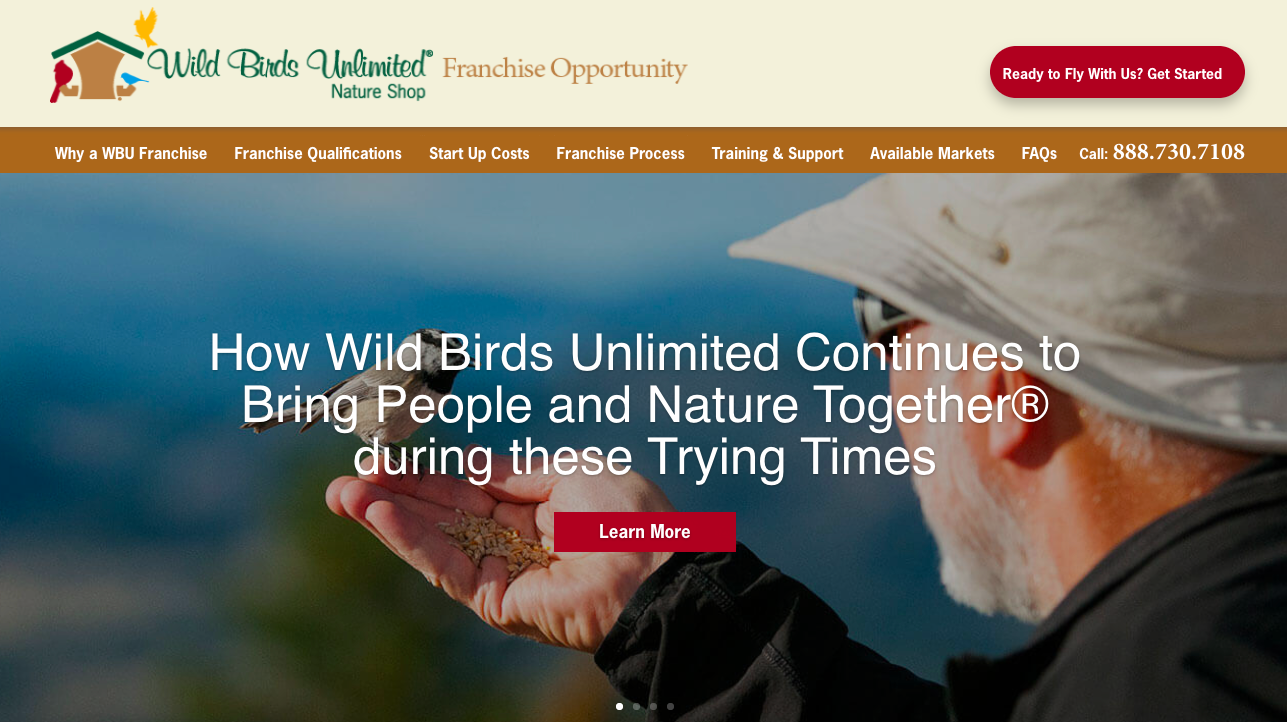Building a financial cushion (cash reserves) for your mobile food business is never easy. Experts say that businesses should have anywhere from six to nine months’ worth of income safely tucked away in the bank. If your food truck is grossing $10,000 per month, the mere thought of saving over $90,000 dollars in a savings account will either have you collapsing from fits of laughter or from the paralyzing panic that has just set in.
What may be a nice well-advised idea in theory can easily be tossed right out the window when you’re just barely making payroll each month. So how is a food truck owner to even begin a prudent savings program for long-term success in the mobile food industry?
Building Cash Reserves
If you haven’t established your food truck cash reserves, or if they are inadequate, you can take several steps to eliminate the shortfall:
- Save aggressively: Budget your savings as part of regular expenses
- Reduce your discretionary spending
- Use current or liquid assets
- Use earnings from other investments (stocks, bonds, or mutual funds)
Your credit line can be a secondary source of funds in a time of crisis. Borrowed money, however, has to be paid back (often at high interest rates). As a result, you shouldn’t consider lenders as a primary source for your cash reserves.
Realizing that your food truck business needs a savings plan is the first step toward better management of it. The reasons for growing a financial nest egg are strong. Building savings allows you to plan for future growth in your food truck empire and have the capital necessary to launch those plans when the time is right. Having a source of back-up income can also carry a business through the slow times of the year, especially for food trucks that operate in regions of the country with severe weather.
Keep An Eye On Market Prices
When market fluctuations, such as the dramatic increase in gasoline and food prices, start to affect your bottom line, you may need to dip into your savings to keep operations running smoothly until the difficulties pass. Try to remember that you didn’t build your business overnight and you cannot build a savings account instantly either.
RELATED: Use Perceived Value To Determine Your Food Truck Menu Prices
The Bottom Line
Review your financials monthly to see where you can trim expenses and reroute any savings to a separate account. This will also help to keep you on track with cash flow and other financial issues. While it can be quite alarming to see your cash flowing outward with seemingly no end in sight, it’s better to see it happening and put corrective measures into place, rather than discovering your food truck’s losses five or six months too late.
Have you built your food truck’s cash reserves? We’d love to hear how you did it. You can share your thoughts on this topic on social media. Facebook | Twitter




